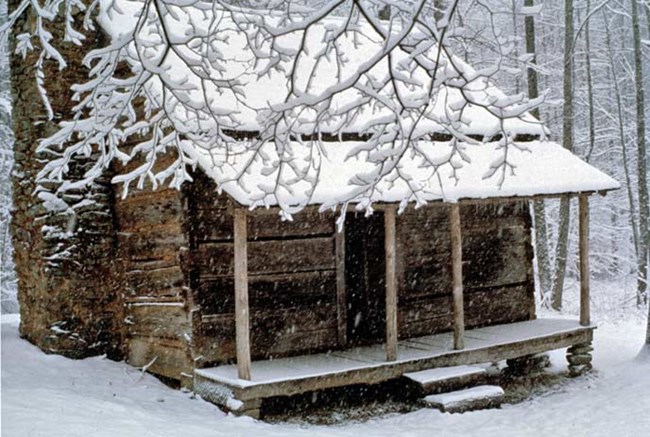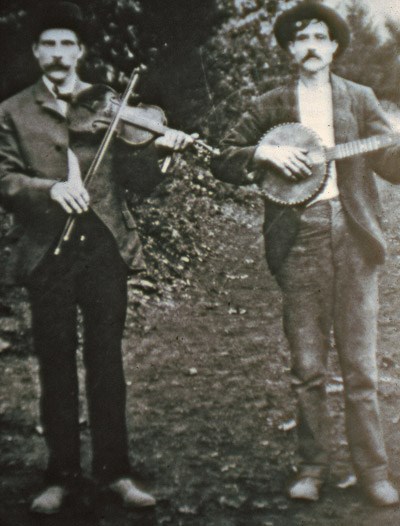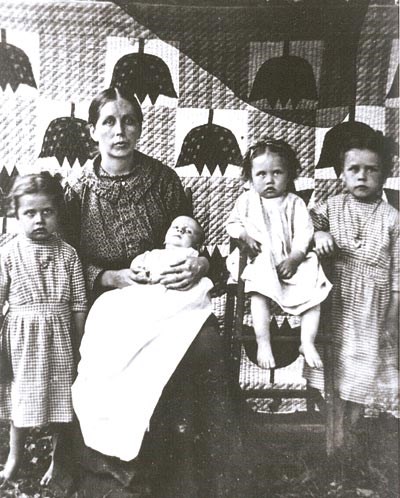
What did mountain families do to get by during the long, gray days of winter? Cabin Fever During periods of cold, snowy, or rainy weather, families were forced to spend most of the day indoors. Dorie Woodruff Cope, who spent her childhood and young adulthood in the Smokies, described winter this way: “So we waited. Snow came two or three times a week to add inches to the blanket already on the ground. Silence hung over the mountains like a misty fog.... Wind whistled around the corners of the cabin and down the chimney, causing the fire to reach out of the fireplace and fill the room with ashes. Ma kept beans and meat boiling in a kettle.” 
NPS Archives Making Music Some residents wrote their own ballads about local places or events, like the tragic train wreck chronicled by “Daddy Bryson’s Last Ride.” Winter Fare If the crops had been good, the livestock prolific, and the jobs of pickling, drying, salting, and sulfuring productive, the typical menu might include:
Lessons Learned In the early days, the school year lasted only 2-4 months. Parents paid about $1 per student per month to get their children educated. The money (or produce in lieu of cash) went to a teacher who often boarded with a local family. Most students completed only 3-5 years of schooling, enough to learn to read and write and perform basic mathematics. By the early 20th century, however, Smoky Mountain schools and school years more closely resembled today’s. Two country schools are preserved in the national park. Little Greenbrier School is accessible in winter by the 0.7 mile Metcalf Bottoms Trail which begins at Metcalf Bottoms Picnic Area. Beech Grove School is beside the road in Cataloochee Valley 
NPS Archives A Stitch in Time Popular patterns in the southern Appalachians were Log Cabin, Blazing Star, Double Wedding Ring, and improvised “crazy quilts.” |
Last updated: July 1, 2015
